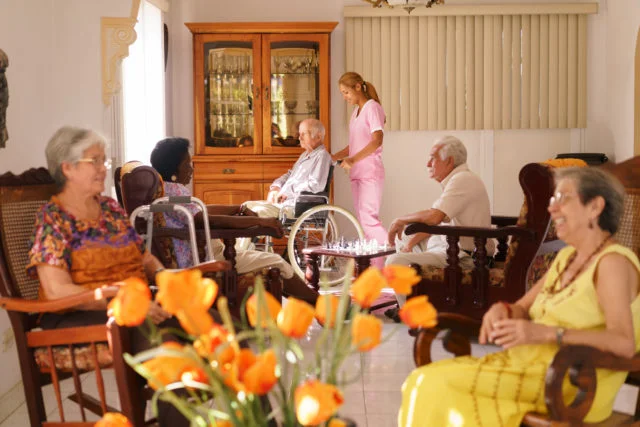Tag: Housing

A couple years ago, Daniel Cooper noticed something at the commuter rail station near his home in suburban Boston. A lot of parents were dropping off their adult children every morning to catch the train into the city. This fit with something he’d been thinking about as a Federal Reserve senior economist and policy adviser…

The retirement issues facing black Americans can’t necessarily be lumped together for many reasons – there are high- and low-income blacks, and there are recent immigrants as well as longstanding families. A similar problem arises when treating the U.S. Hispanic-American population or the Asian-American population as a homogenous group. Having acknowledged this, however, some recent…











